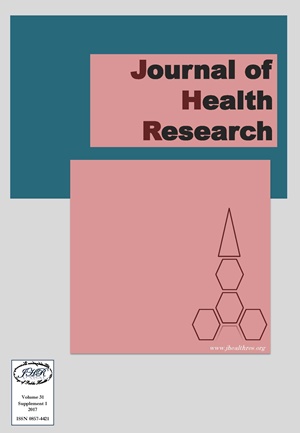Influences on the Utilization of Antenatal Care among Reproductive Age Group Women in Mid-Western Development Region of Nepal: a Population-Based Study Using the Nepal Multiple Indicator Cluster Survey (MICS) Data 2014
Keywords:
Antenatal care, Reproductive health, Multiple indicator cluster survey, NepalAbstract
Background: Antenatal care (ANC) provides an opportunity for health information and services that can significantly enhance the health of a pregnant women and their babies. In recent years, Nepal shown a visible progress in improving maternal death. However, maternal mortality rate (MMR) remains high mostly in mid-western region in Nepal comparison to other regions. This study aimed to identify the issue of antenatal care service utilization and influencing characters of women in mid-western region of Nepal.
Methods: The data from the Multiple Indicator Cluster Survey (MICS) conducted in Nepal by the Ministry of Health and Population with a technical support from UNICEF from February – June 2014 was applied. The analysis was conducted in 322 women who gave birth in last two years preceding the survey. Bivariate and multivariate logistic regression analysis was carried out to identify influencing factors associated with ANC utilizations
Results: Seventy-nine percentage of women attended ANC visits. Out of them only fifty-four percentage of women attended complete (four or more) ANC visits. This study identified the following factors affecting antenatal care utilization: Maternal age, education, wealth index, listening to radio and watching television. The following factors affect complete (four or more visits) antenatal care utilization: Education, Sub-region, wealth index and watching television.
Conclusion: Overall ANC utilization was so high. Frequency of antenatal care visits is not satisfactory among women in this region. Out of 257 who received ANC care, only 54% women received complete ANC (four or more visits). Parity, husband’s education and residence had no effect on the utilization of antenatal care visits in this study. Women’s age, education, wanted last child and wealth index had prominent effect on utilization of ANC service.







